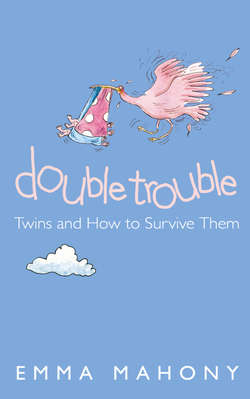Читать книгу Double Trouble: Twins and How to Survive Them - Emma Mahony - Страница 23
The first three months
ОглавлениеThe most important eating time is the first three months, when the babies are, literally, being created. This is when the nutrient factor is most crucial. Do not fret if you are among the many twin mothers who suffer from morning sickness. Multiple mothers tend to have a higher level of pregnancy hormone in their blood so they experience more nausea and vomiting than their singleton friends.3 Paradoxically, if you suffer from bad morning sickness and can’t keep the food down for long, this won’t affect the babies’ eventual birth weight. It’s the nutrients they are after, not the fat. And they will take the nutrients from your own body’s supply if you don’t provide them (get used to it, it goes with the territory). Mothers with morning sickness should be heartened by the research showing that sufferers have babies with better overall outcomes. Studies suggest that vomiting may stimulate early placental growth.
If you feel tired and sluggish in the first three months, but not nauseous, remember that your body is making two babies and extra blood volume. For twins you can expect a 75 per cent increase in your blood volume (for triplets there’s a 100 per cent increase).4 Add to this the fact that a mother pregnant with twins can carry up to 20 pints of water more than a mother of a singleton during her pregnancy, and you can see why you have a perfect excuse to take to your bed at 8pm. Things will ease up in the second trimester, your metabolism will go into high gear, and the weight you gain will all go towards making healthy babies.
